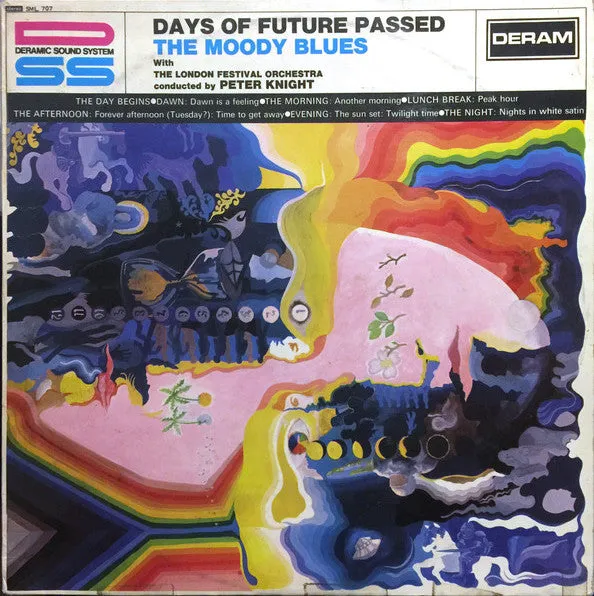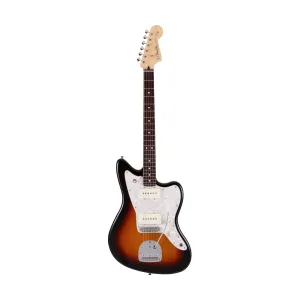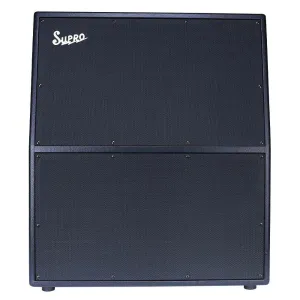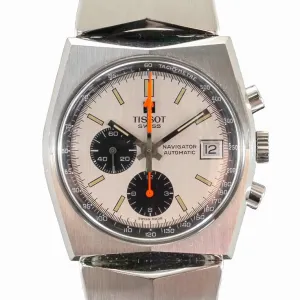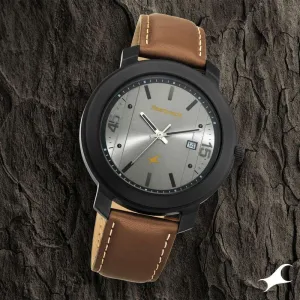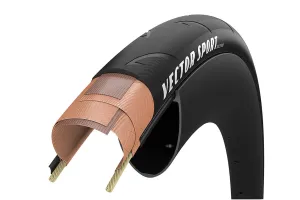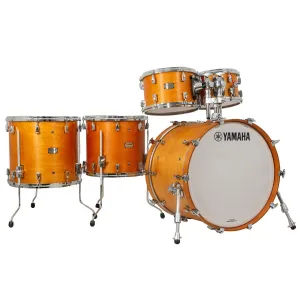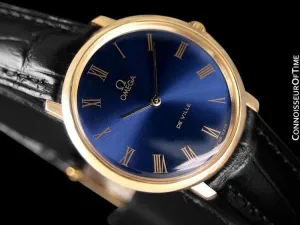This album is 58-years-old, for god's sake. In those 58 years, I'd forgotten how good it is.
"Tuesday Afternoon" is the perfect pop song, with the whole of side two flowing effortlessly from it as each song (each day) is linked by means of the surrounding orchestrations until it reaches its zenith with the climax of "Nights in White Satin."
The sound is very much a part of the entire experience. The strings of the orchestra sound as sweet as any Decca, the soundstage wide and deep as a symphony. For those of you who still think Mobile Fidelity is the king on this one, here's a record that demonstrates what a real orchestra sounds like.
What The Best Sides Of Days of Future Passed Have To Offer Is Not Hard To Hear
- The biggest, most immediate staging in the largest acoustic space
- The most Tubey Magic, without which you have almost nothing. CDs give you clean and clear. Only the best vintage vinyl pressings offer the kind of Tubey Magic that was on the tapes in
- Tight, note-like, rich, full-bodied bass, with the correct amount of weight down low
- Natural tonality in the midrange -- with all the instruments having the correct timbre
- Transparency and resolution, critical to hearing into the three-dimensional studio space
No doubt there's more but we hope that should do for now. Playing the record is the only way to hear all of the qualities we discuss above, and playing the best pressings against a pile of other copies under rigorously controlled conditions is the only way to find a pressing that sounds as good as this one does.
Balance
Achieving just the right balance of "Moody Blues Sound" and transparency is no mean feat. You have to be using the real master tape for starters. Then you need top end extension, a somewhat rare quality to find on most imports, and finally, good bass definition to keep the bottom end from blurring into the midrange.
No domestic copy in our experience has ever had these three qualities, and only the best of the imports manages to get all three on the same LP.
Like we've said about other great Moodies pressings in the past, all the clarity and resolution comes without sacrificing the Tubey Magical richness, warmth and lushness for which the Moody Blues recordings are justifiably famous.
This vintage pressing has the kind of Tubey Magical Midrange that modern records rarely begin to reproduce. Folks, that sound is pretty much gone and sure doesn't seem to be coming back. If you love hearing INTO a recording, actually being able to "see" the performers, and feeling as if you are sitting in the studio with the band, this is the record for you. It's what vintage all analog recordings are known for -- this sound.
If you exclusively play modern repressings of vintage recordings, I can say without fear of contradiction that you have never heard this kind of sound on vinyl. Old records have it -- not often, and certainly not always -- but maybe one out of a hundred new records do, and those are some pretty long odds.
What We're Listening For On Days of Future Passed
- Energy for starters. What could be more important than the life of the music?
- Then: presence and immediacy. The vocals aren't "back there" somewhere, lost in the mix. They're front and center where any recording engineer worth his salt would put them.
- The Big Sound comes next -- wall to wall, lots of depth, huge space, three-dimensionality, all that sort of thing.
- Then transient information -- fast, clear, sharp attacks, not the smear and thickness so common to these LPs.
- Tight punchy bass -- which ties in with good transient information, also the issue of frequency extension further down.
- Next: transparency -- the quality that allows you to hear deep into the soundfield, showing you the space and air around all the instruments.
- Extend the top and bottom and voila, you have The Real Thing -- an honest to goodness Hot Stamper.
A Big Group of Musicians Needs This Kind of Space
One of the qualities that we don't talk about on the site nearly enough is the SIZE of the record's presentation. Some copies of the album just sound small -- they don't extend all the way to the outside edges of the speakers, and they don't seem to take up all the space from the floor to the ceiling. In addition, the sound can often be recessed, with a lack of presence and immediacy in the center.
Other copies -- my notes for these copies often read "BIG and BOLD" -- create a huge soundfield, with the music positively jumping out of the speakers. They're not brighter, they're not more aggressive, they're not hyped-up in any way, they're just bigger and clearer.
And most of the time those very special pressings are just plain more involving. When you hear a copy that does all that -- a copy like this one -- it's an entirely different listening experience.
Vinyl Condition
Mint Minus Minus is about as quiet as any vintage pressing will play, and since only the right vintage pressings have any hope of sounding good on this album, that will most often be the playing condition of the copies we sell. (The copies that are even a bit noisier get listed on the site are seriously reduced prices or traded back in to the local record stores we shop at.)
Those of you looking for quiet vinyl will have to settle for the sound of other pressings and Heavy Vinyl reissues, purchased elsewhere of course as we have no interest in selling records that don't have the vintage analog magic of these wonderful recordings.
If you want to make the trade-off between bad sound and quiet surfaces with whatever Heavy Vinyl pressing might be available, well, that's certainly your prerogative, but we can't imagine losing what's good about this music -- the size, the energy, the presence, the clarity, the weight -- just to hear it with less background noise.
A Must Own Pop Record
We consider this Moodies album their . It's a recording that should be part of any serious popular music collection.
Others that belong in that category can be found .


